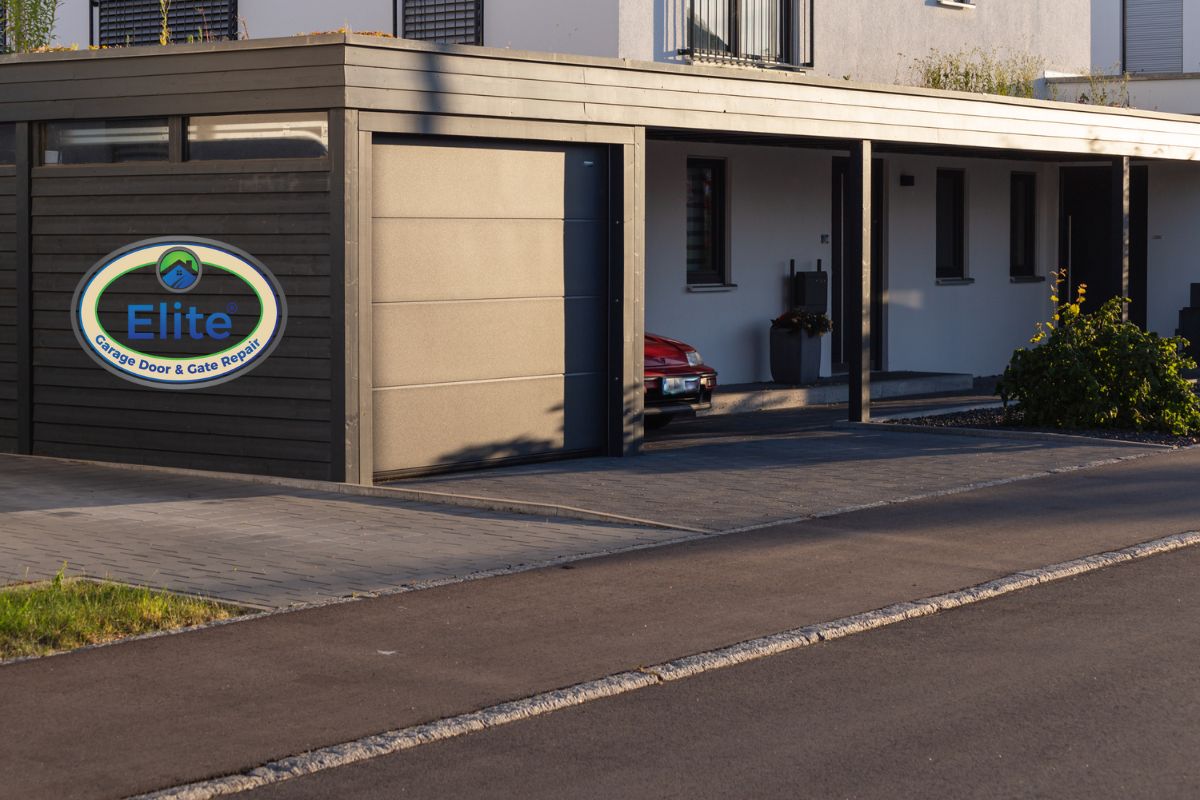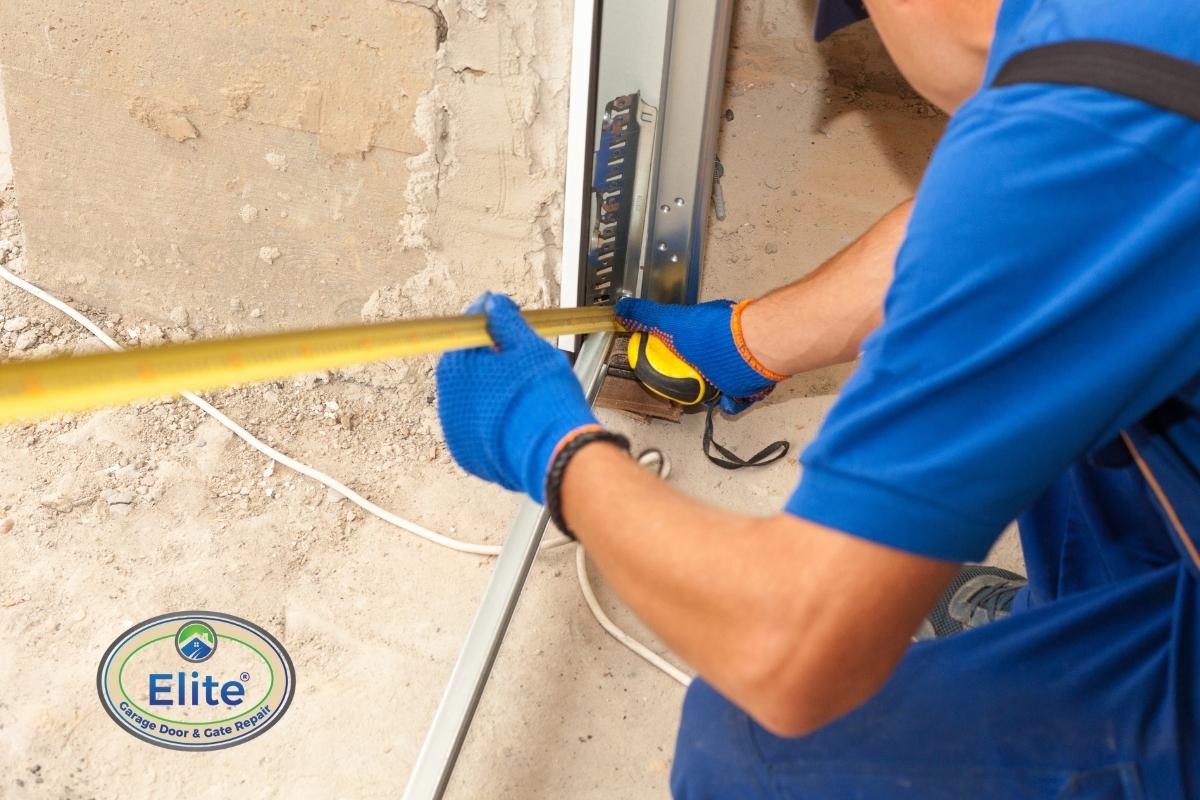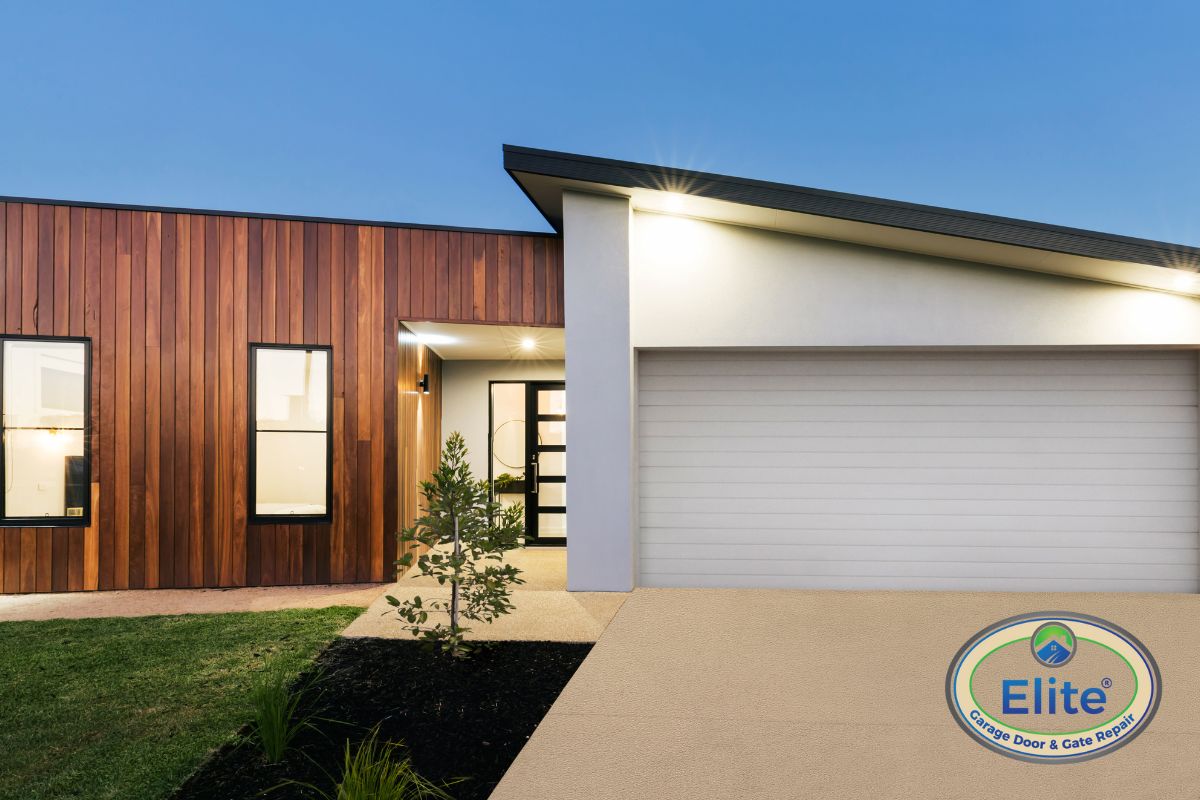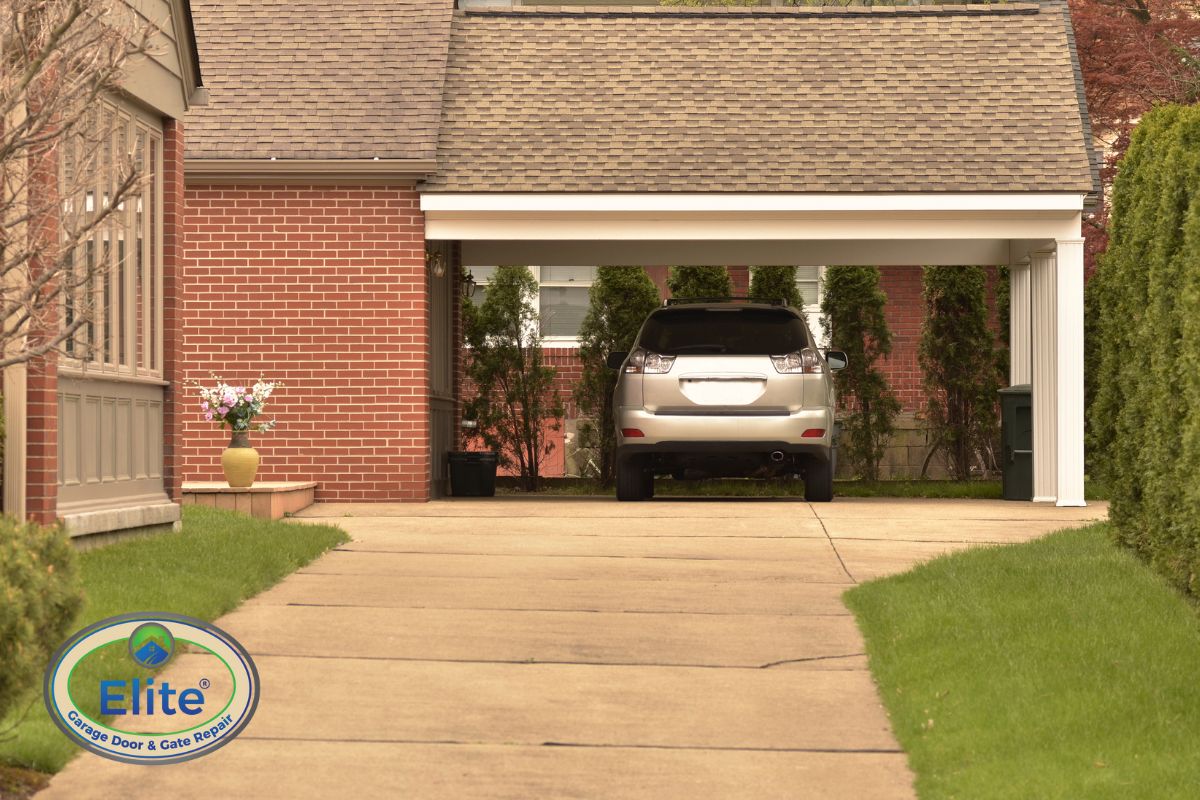If you’re looking for a cost-effective way to add value, security, and functionality to your home, converting your carport into a garage is a smart move. Unlike building a garage from scratch, transforming an existing carport can save you time and money while delivering many of the same benefits.
Whether you want to protect your vehicle from the elements or gain additional storage space, here’s how to successfully convert your carport into a garage.
Table of Contents
1. Check Local Building Codes and Permits
Before starting any construction project, it’s essential to check with your local building department. Many municipalities require permits for garage conversions, and there may be specific building codes you’ll need to follow.
These can include setback regulations, height restrictions, and foundation requirements. Failing to secure proper permits can lead to fines or forced removal of the structure.

Considering Converting A Carport Into A Garage
2. Evaluate the Structure
Not all carports are built the same. Some are attached to the home, while others are freestanding. Check the structural integrity of the roof, supports, and foundation. If your carport is in good condition, it might only need minimal reinforcement.
However, if the frame isn’t sturdy enough to support walls, doors, and roofing materials, you may need to invest in additional framing.
3. Install Framing and Walls
Once you’ve ensured your carport can handle the additional weight, it’s time to install the framing. Use treated lumber or steel studs to create the skeleton of your new garage walls. Next, add sheathing and wrap it with weather-resistant barriers to protect against moisture. Finally, install siding to match your home’s exterior for a cohesive look.
4. Add a Garage Door
A proper garage door is essential for security and ease of access. You can choose from manual or automatic doors, depending on your budget and preference. It’s important to ensure the opening is properly framed and leveled to accommodate the door you choose. Professional Installation is highly recommended for this step to ensure functionality and safety.

Installing a Garage Door
5. Insulate and Finish the Interior
If you plan on using the garage for more than just parking—like a workshop or storage area—consider insulating the walls and ceiling. This helps regulate temperature and improves energy efficiency, especially if your garage is attached to your home.
You can then finish the interior with drywall, paint, and flooring.
6. Electrical and Lighting
Adding electrical outlets, lighting, and possibly HVAC can make your garage far more functional. Hiring a licensed electrician ensures everything is up to code. Good lighting and accessible power outlets can make a world of difference, particularly if you’ll be working in the garage regularly.

Adding exterior lights
7. Consider Drainage and Ventilation
Proper drainage is crucial to prevent water from pooling in your garage. Make sure the garage floor slopes slightly toward the driveway or install a floor drain. Ventilation is equally important to prevent moisture buildup and allow for air circulation, especially if you’re storing chemicals, fuel, or tools.
Conclusion
Converting a carport into a garage is a practical way to enhance your home’s value, security, and usability. With careful planning and the right professional help, the transformation can be seamless and rewarding.
Ready to get started? Contact Us Today for a free consultation and find out how we can help turn your carport into a fully functional garage.
Watch Converting A Carport Into A Garage – The Right Way
Credit To: project LIFT Youtube Channel

















Leave A Comment